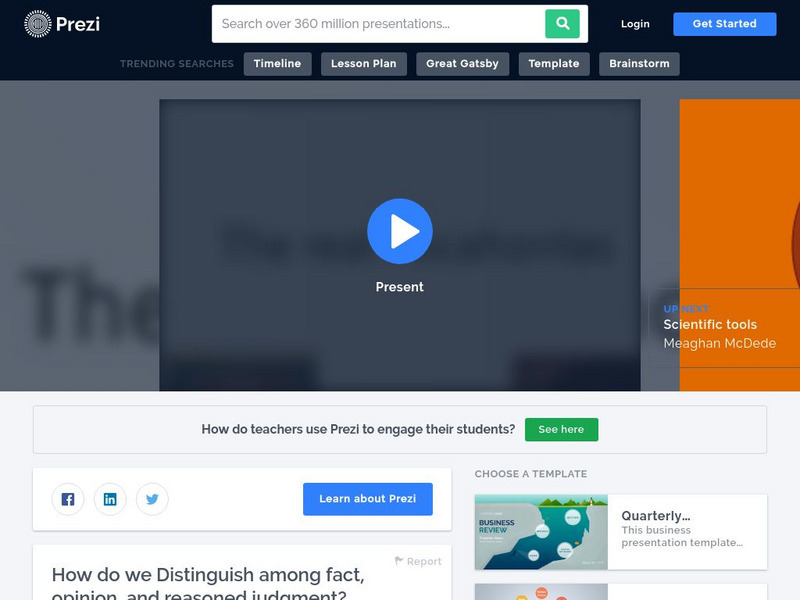SMART Technologies
Smart: Making Inferences
Inferencing is finding clues and using background knowledge to determine an explanation from facts in a passage or story. It's "reading between the lines" of a story to understand what the author doesn't state.
TES Global
Blendspace: What Is the Main Idea and Supporting Details?
A learning module with thirty links to texts, slide shows, videos, and images that teach about finding the main idea and supporting details in a written passage.
ClassFlow
Class Flow: Questions and Statements
[Free Registration/Login Required] Students will identify questions and statements (without the punctuation cue). They will also practice changing a question into a statement.
ClassFlow
Class Flow: Writing Showing Feelings
[Free Registration/Login Required] This elementary flipchart shows how writers express feelings. Instead of telling the reader, they show the reader through descriptive writing.
ClassFlow
Class Flow: Can You Tell?
[Free Registration/Login Required] This flipchart helps students to determine the difference between narrative and expository writing.
ClassFlow
Class Flow: Fact or Opinion
[Free Registration/Login Required] Students will be introduced to the difference between facts and opinions. They will practice determining which statements are facts and which are opinions. Activities include sorting and classifying...
Sophia Learning
Sophia: Supporting Details: Anecdotes
Anecdotes are literary tools used to pique interest and engage readers. Used to evoke emotion, anecdotes are best used in the introduction or conclusion. This tutorial focuses on how to use anecdotes appropriately and effectively to make...
North Central Regional Educational Laboratory
Ncrel Anticipation: Reaction Guide
A model of a quick survey to give students to help them activate their prior knowledge of subject matter. Alter this survey to suit your particular subject.
Other
Teaching and Learning Resources for Ks2 (Ages 7 12):literacy: Fact or Opinion?
This is a 10 question, self-scoring quiz on separating fact from opinion. Students read a sentence and select "fact" or "opinion" from the drop-down menu.
The History Cat
The History Cat: How to Write a Quality Cer (Claim Evidence Reasoning) [Ppt]
Presents an assignment where students must write an essay that includes a thesis statement, claims, evidence, reasoning, and a conclusion. Each of these is explained in the slideshow and a written example is provided.
Quizlet
Quizlet: Types of Details: Test
This interactive quiz features six multiple-choice questions about types of details and their definitions.
Other
Prezi: How Do We Distinguish Among Fact, Opinion, and Reasoned Judgment?
Analysis of The Real Pocahontas shows how to distinguish between fact, opinion, and reasoned judgment. Provides a practice activity.
Sam Houston State University
Texas Center for Academic Excellence: Drawing Conclusions Post Test
Read a text selection, and then answer seven multiple-choice quiz questions. Includes link to answers for checking.




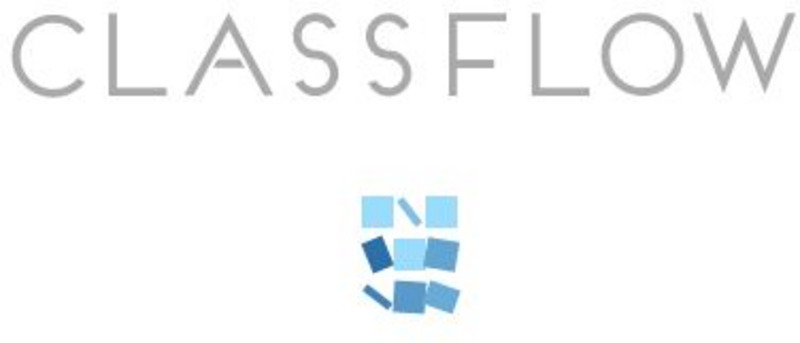
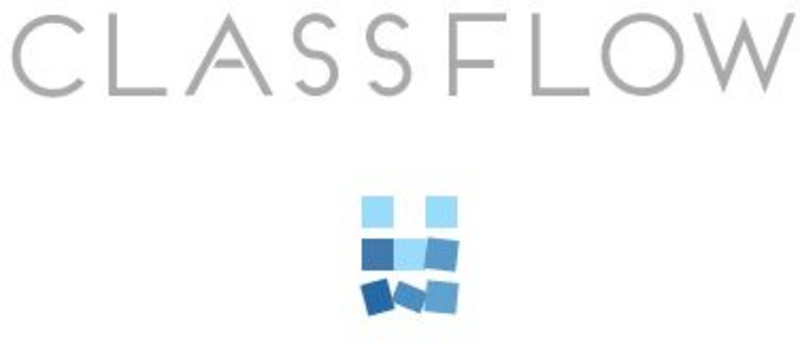


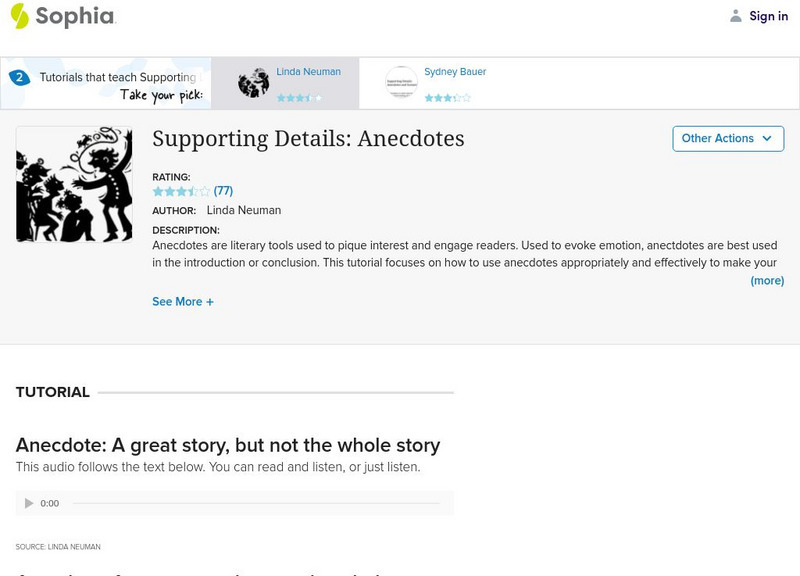
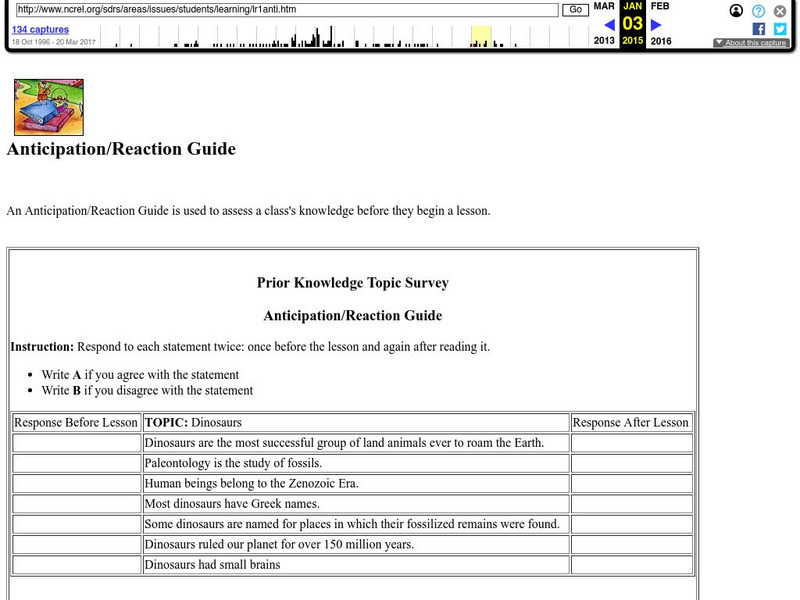
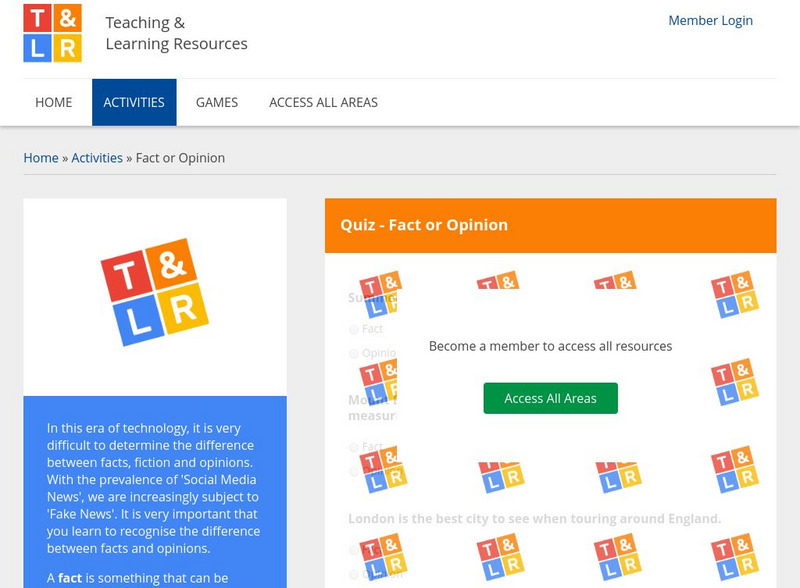
![The History Cat: How to Write a Quality Cer (Claim Evidence Reasoning) [Ppt] PPT The History Cat: How to Write a Quality Cer (Claim Evidence Reasoning) [Ppt] PPT](https://d15y2dacu3jp90.cloudfront.net/images/attachment_defaults/resource/large/FPO-knovation.png)

